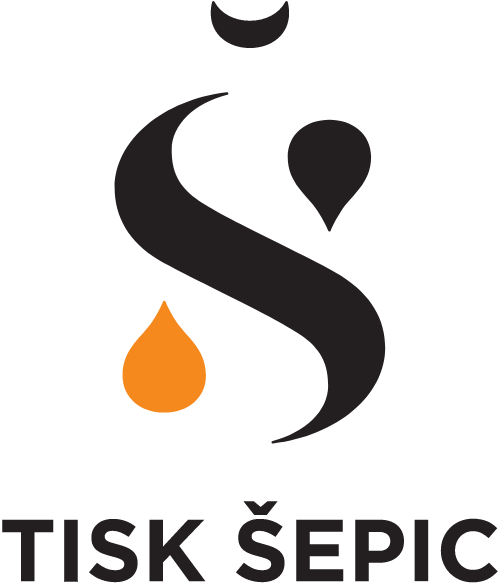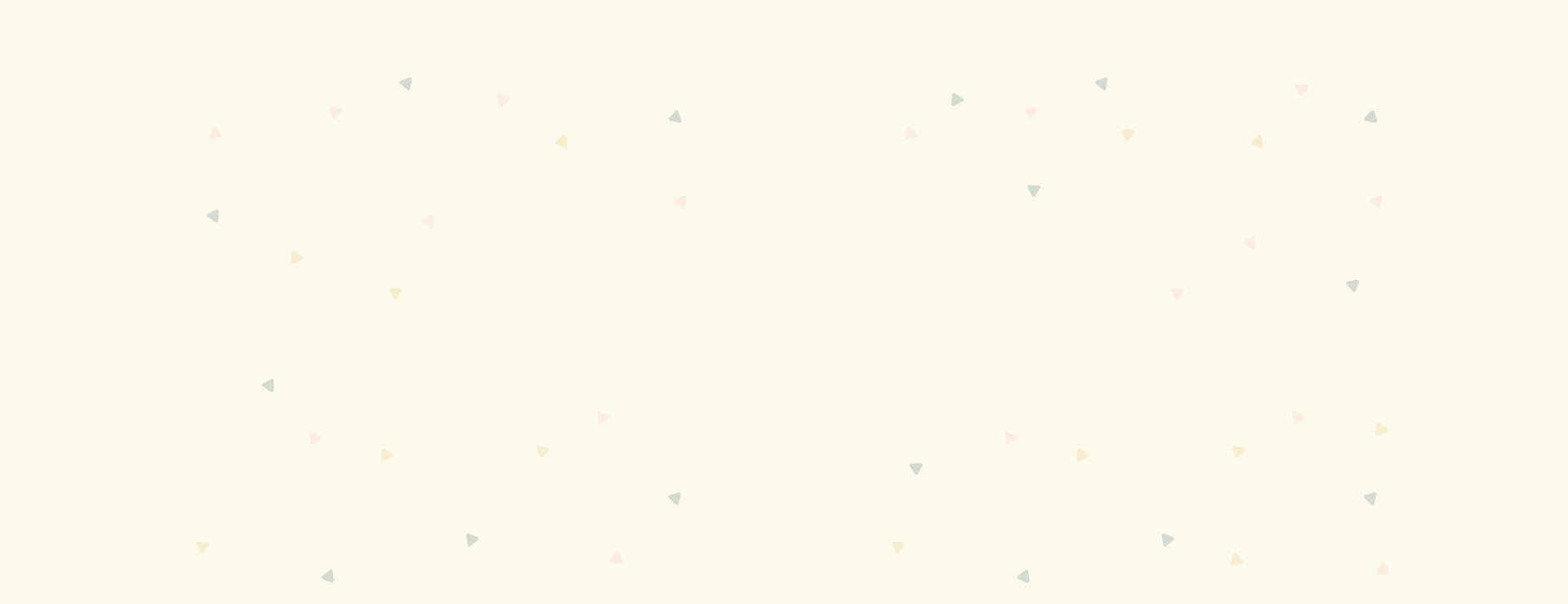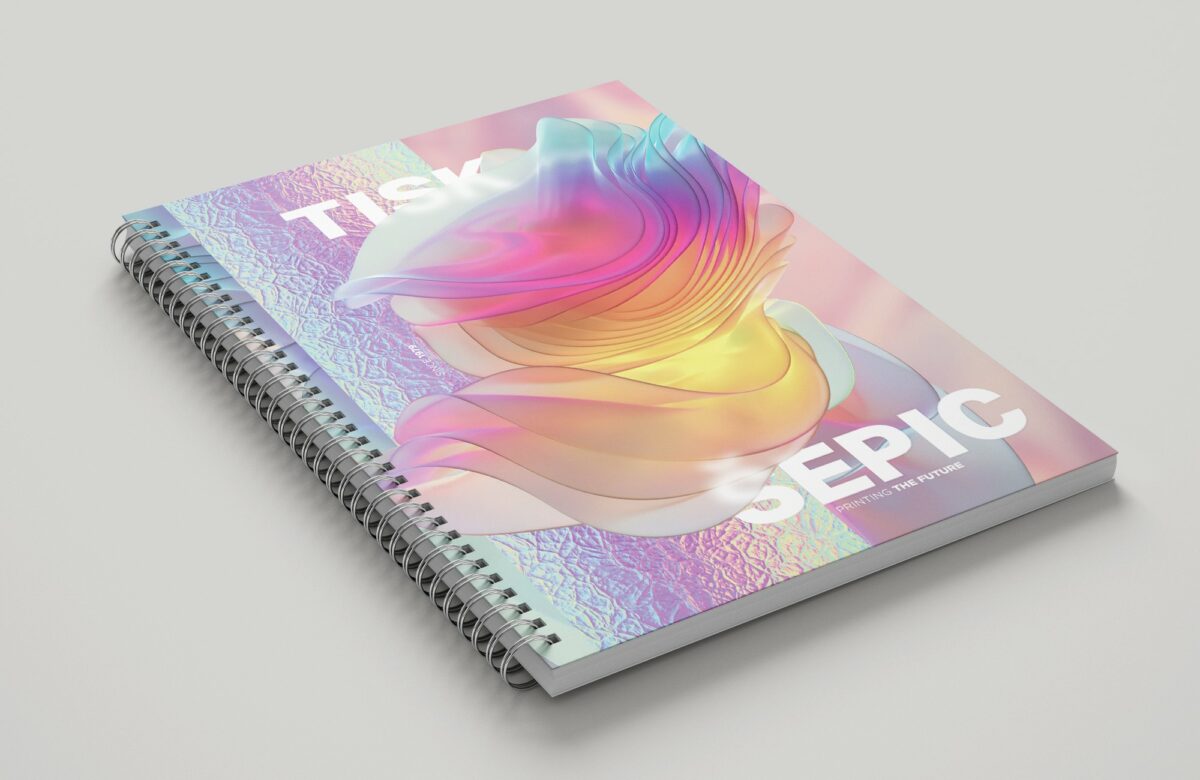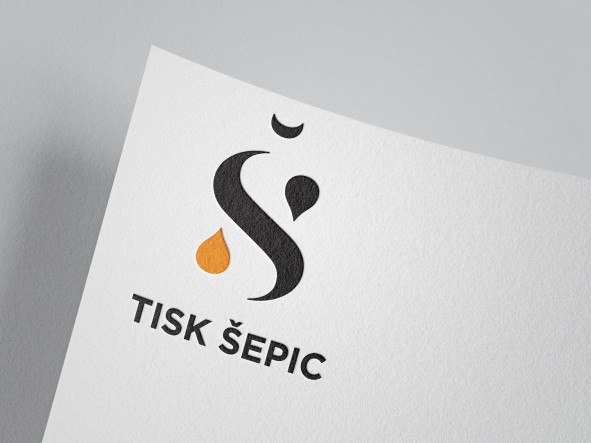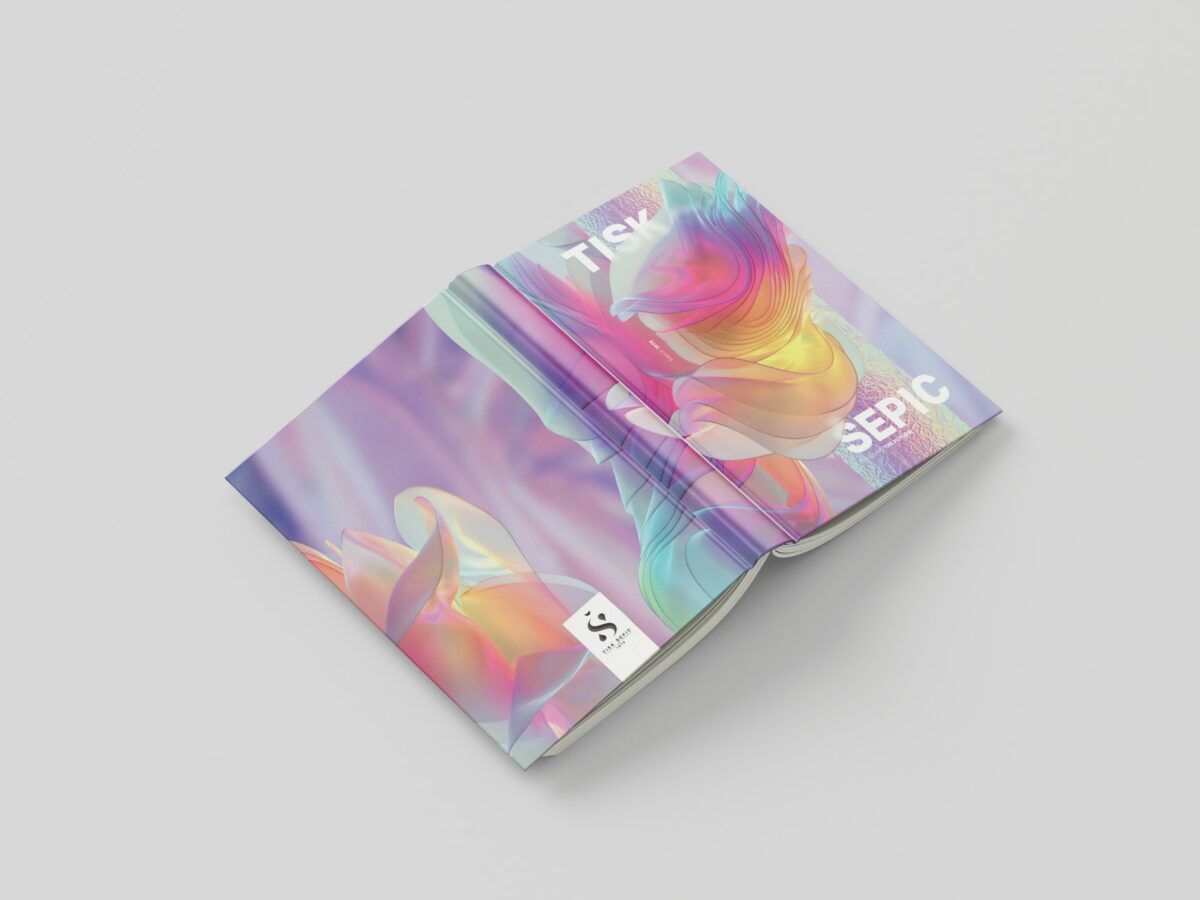We are aware that top-quality printing is only the first step in making the final product perfect. In order to achieve a perfect final product, we offer various finishing touches, which will protect printed materials and further enhance them for an elegant and prestigious look.
Lamination
This type of after-treatment is important because it protects against physical damage and ensures a longer lifespan and a more attractive appearance of the printed matter. It presents an additional layer of protective coating, which can be done in a matte, glossy or soft-touch finish. Lamination is possible on one or both sides, then the printed matter is ready for further after-treatment or adding special effects.
Binding
Depending on the type of printed matter, you can opt for different types of binding. We offer:
- Wire binding
This is the most common type of binding for magazines, catalogues and price lists, suitable for smaller sheet volumes. It is bound on the back side with clips. The type and grammage of the selected material must also be taken into account for the overall quantity. - Spiral binding
It is a special type of binding, where it is first necessary to punch holes into the sheets, which are then connected using a metal and PVC coil. The coils (spirals) can be of different densities and colours, but they typically come in black or white. - Soft binding (binding with soft covers)
This is the most common form of binding for printed matter volumes of several pages, often used for binding books, publications, catalogues, etc. This type of process involves gluing the inside into a cover, which usually has a slightly larger grammage. - Hard cover binding (case binding)
When we want the product to be suitable for long-term use, we use hard binding. This is also the most demanding type of binding typically required for larger books. It is a process where the covers are made of strong cardboard, onto which a printed laminated case is glued (case lamination). The interior of the printed matter in this type of binding is similar to that of glue binding, the only difference being the added headband. - Sewn binding (hard cover after-treatment)
Whenever the printed material is divided into several smaller sets of sheets, we use sewn binding. The individual sets of sheets are connected to each other with a thread (so that the individual sheets do not fall out), and when they are assembled as a whole, they are further bound to the cover. It is a slightly more demanding process, used with more challenging printed matter, when we want to use it for a longer period of time.
Folding
It is the most common finishing process, which is used for folding materials with different grammages (grooving is used for 170g/m2 grammage). Folding helps achieve special effects and, depending on the opening method, can be used to highlight more important information or components of printed matter. We provide several types of folding, but the ones most commonly used are V, C and Z folding.
Punching
If you need a product that has a non-standard shape or a special opening, a specific punching tool is required for the purpose. If the tool has already been prepared based on templates from the stock, you can use that one, otherwise a one-off fee is charged for the manufacturing of the punching tool, which you can keep after use. During the punching process, the product gets the final desired shape. This method is typically used in the production of packaging, labels, folders and bags.
Other after-treatment options:
- numbering,
- perforation,
- grooving,
- embossing or blind stamping,
- UV varnishing,
- thermal printing with a wide range of colours,
- scratch-off coating,
- gluing,
- packing
- other manual work (assembly, inserting, etc.).
